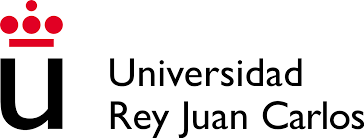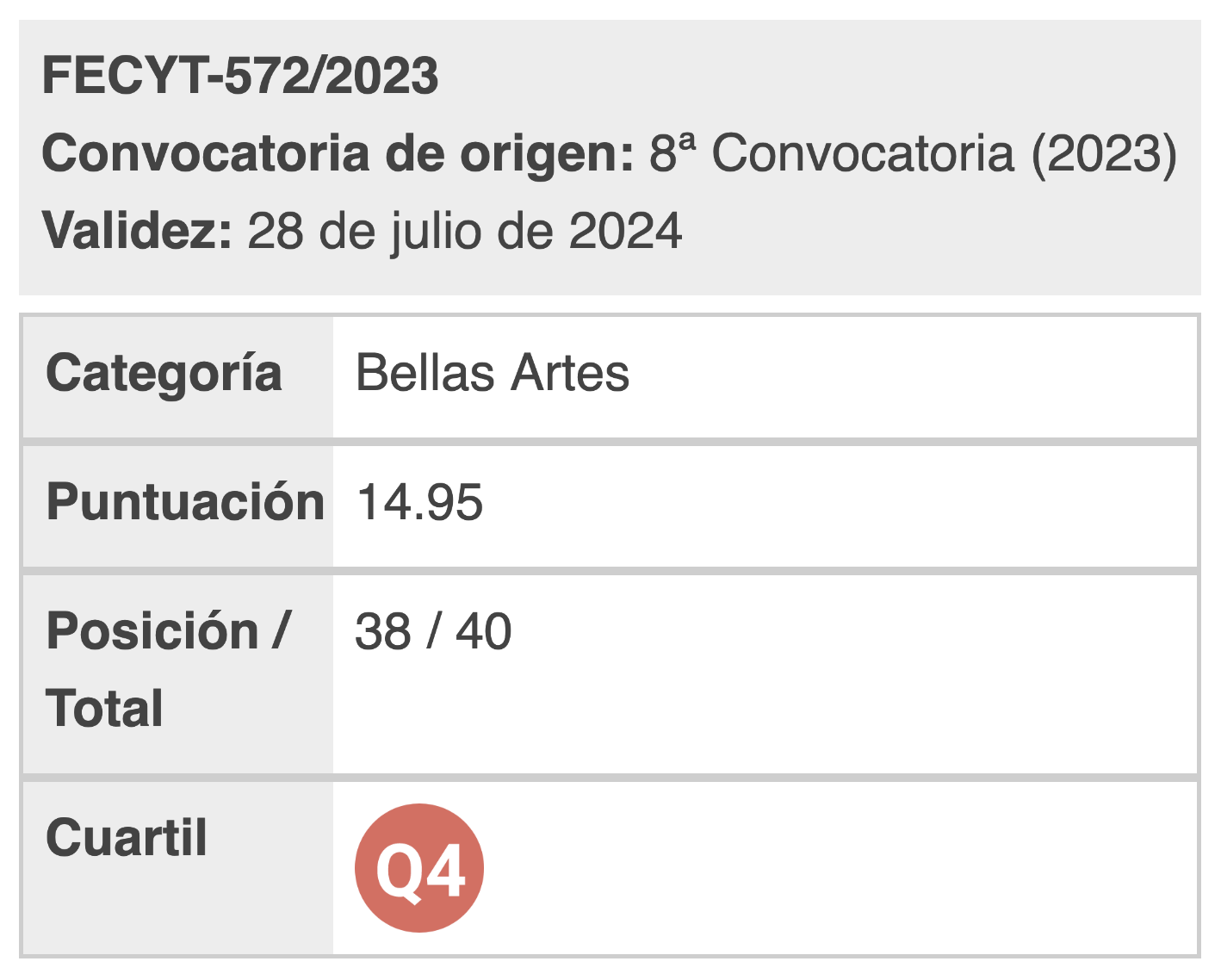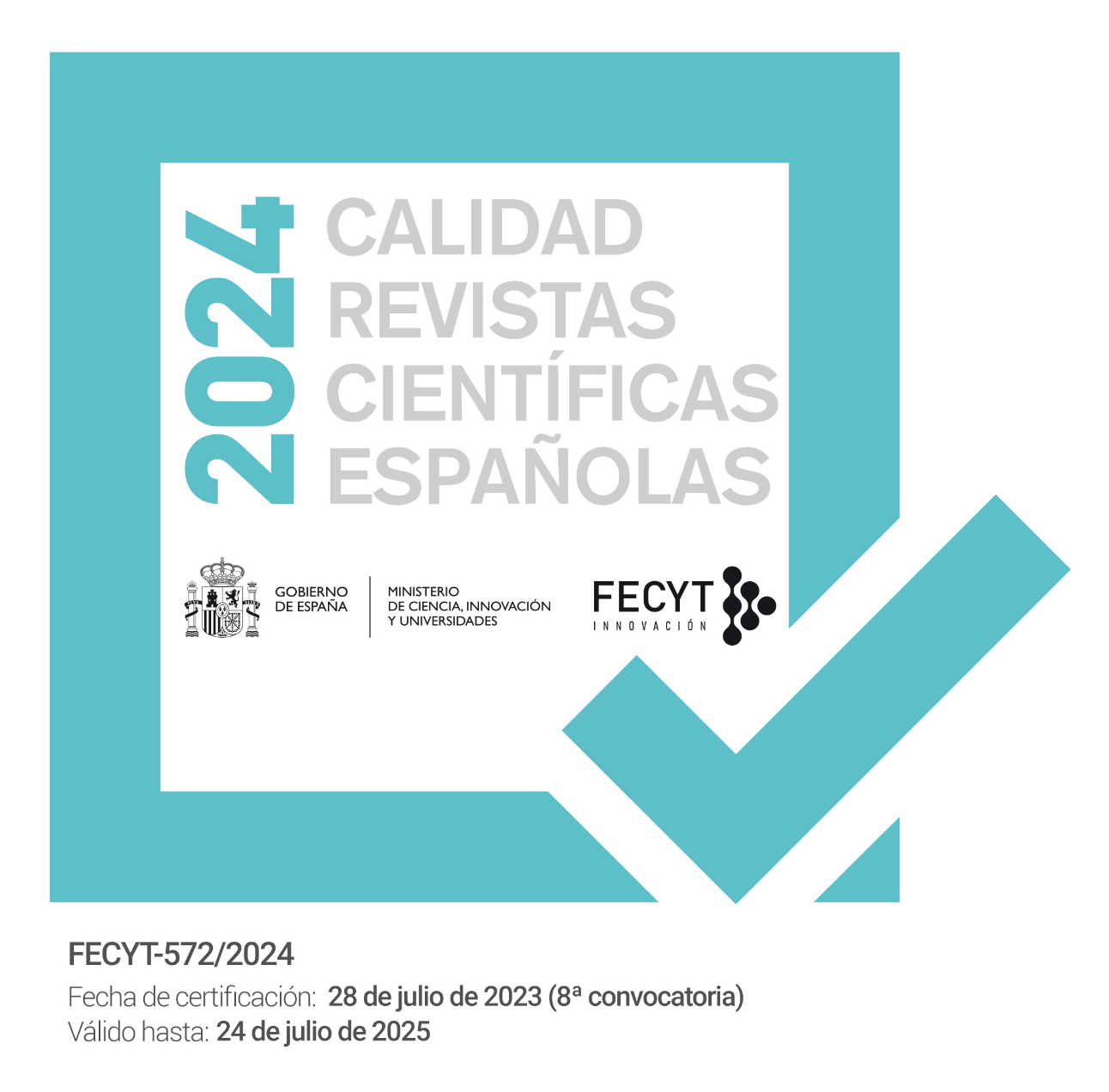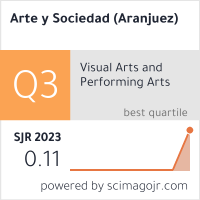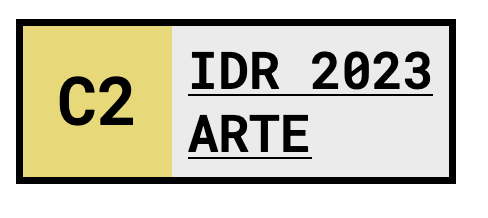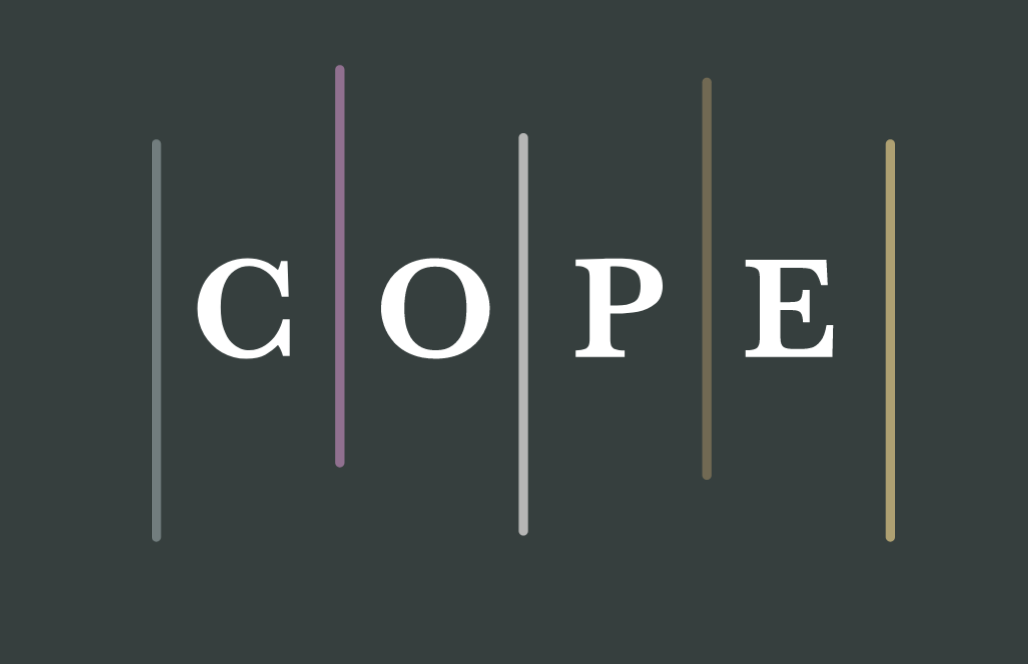“Theatretical film” sets, an alternative to the M.R.I. scenographic canon in Modernist and Postmodernist cinema Between recreation and metafiction
Between recreation and metafiction
DOI:
https://doi.org/10.5281/zenodo.8182995Keywords:
intertextuality, scenery, cinema-theatre, painting.cinema, iconographyAbstract
Beyond the scenographic canon that the film theorist Noël Burch defined as the Institutional mode of representation (I.M.R.), and through which most of the naturalist scenographies conceived throughout the history of cinema pass, bold and radical proposals began to emerge from the 1940s onwards that broke with the classic models of institutionalized representation that transgress the limits of the spatial dimension and which are analyzed in this article with the aim of tracing an intertextual and intermediate approach to these scenographic conceptions, while at the same time considering the transfers that occur between theatre, painting, and film
References
Abuin González, A (2009). Imágenes-cristal: el teatro en el cine. Lecturas, imágenes. Revista de poética del cine, (6), 13-31
Bazin, A. (2000). Qué es el cine. Rialp.
Berger, V. y Saumell, M. (Coord.) (2009). Escenarios compartidos: cine y teatro en España en el umbral del siglo XXI. Diputació de Barcelona.
Blon, P. y Venault, P. (1979). Perceval le Gallois. Rencontre (Entrevista a Rohmer y Jacques Le Goff). Ça cinema, (17), 3-25.
Bürch, N. (1987). El tragaluz del infinito. Contribución a la genealogía del lenguaje cinematográfico. Cátedra.
Björkman, B. S. (2003). “Mon défi c'est de parvenir à une fusion entre le cinéma, le théâtre et la littérature”. Entrevista a Lars Von Trier. Cahiers du Cinéma, (579), 32-38.
Calabrese, O. (1990). La era neobarroca. Cátedra.
Camarero, G. (2017). Las adaptaciones en el cine español y sus escenografías. Tropelías, (2), 336-348.
Chion, M. (1990). La audiovisión. Paidós.
Cintra, L. M. (2015). El teatro en el cine de Manoel de Oliveira. Cinema Comparat/ive Cinema, III (6), 24-29.
Cornago, Ó. (2005). Resistir en la era de los medios: estrategias performativas en literatura, teatro, cine y televisión. Iberoamericana.
Corrigan, T. (1981). Werner Schroeter’s operatic cinema. Departmental Papers (CIMS). 5.
Dolezel, L. (1986). Semiotics of Literary Communication, Strumenti Critici, 1, 5-48.
Dragomirescu, C. (2007). Le cinema à l’épreuve des répresentations médiévales: Perceval le Gallois, d'Éric Rohmer et Henry V, de Laurence Olivier. Babel (Littératures plurielles), (15), 135-175.
Dragomirescu, C. (2008). Le cinema à l’epreuve des répresentations médiévales: l’enluminure et le théâtre. Studia Patzinaka, (7), 25-57
Dumais, M. (2010). Conventions théâtrales chez Lars von Trier. Jeu Revue du théâtre, (134), 100-105.
Even-Zohar, I. (1979). Polysystem Theory. Poetics Today, 1 (1-2), 287-310.
Feuer, J. (1992). El musical de Hollywood. Verdoux.
Gibbs, J. (2002) Mise-en-Scène Film Style and Interpretation. Wallflower.
Gómez Tarín, F. J. (2004). Angelopoulos y El viaje de los comediantes. Importancia perenne de la mise en abîme. En Vera Méndez, D. y Sánchez Jordán, A. (Eds.), Cine y literatura: el teatro en el cine (pp. 236-242). Universidad de Murcia.
González Requena, J. (2006). Clásico, manierista, postclásico. Los modos del relato en el cine de Hollywood. Castilla Ediciones.
Grundmann, R. (Ed.) (2018). Werner Schroeter. SYNEMA Publikationen.
Guarinos, V. (1996). Teatro y cine. Padilla Libros, D.L.
Helbo, A. (1997). L’adaptation. Du théâtre au cinéma. Armand Colin.
Hernández Ruiz, J. (2006). “Una plástica manierista para un realismo ideológico”. En Cueto, R. (Ed.), Calle Mayor. 50 años después, IVAC.
Hernández Ruiz, J. (2020). “Las primeras horror movies de Universal Pictures y el nuevo canon de escenografía gótica”, Tropelías, (34), 182-195.
Jansen, S. (1984). Le rôle de l’espace scénique dans la lecture du texte dramatique: Quelques observations sur un «modèle» du genre dramatique et sur le Sei personaggi in cerca d’autore de Pirandello”. En H. Schmid y A. Van Kesteren (eds.), Semiotics of drama and theatre: New perspectives in the theory of drama and theatre (pp. 254-289). John Benjamins,
Manovich, Lev (2005). El lenguaje de los nuevos medios de comunicación. La imagen de la era digital. Paidós.
Metz, C. (1973). Lenguaje y cine. Planeta.
Olea Remacho, M. (2019). La adaptación y el cine teatralizado: Ordet de Kaj Munk y Carl Theodor Dreyer. Teatro. Revista de Estudios Culturales, (33), 1-36.
Pérez Bowie, J. A. (2004). Teatro y cine: un permanente diálogo intermedial. Arbor: Ciencia, pensamiento y cultura (699-700), 573-594.
Pérez Bowie, J.A. (2007). Notas sobre las categorías del espacio teatral y el espacio cinematográfico. Las puertas del drama, (30), 22-27.
Pérez Bowie, J.A. (2018). La teatralidad en la pantalla. Reflexiones sobre el diálogo contemporáneo entre cine y teatro. Universidad de Alcalá de Henares.
Rodríguez-Tranche, Rafael (2015). Del papel al plano. El proceso de creación cinematográfica. Alianza Editorial.
Rohmer, Eric (1978). Entretien dans «En répétant Perceval», émission de Jean Douchet. Entrevista incluida en la edición en DVD de Perceval el Galés, Intermedio, 2009.
Rohmer, E. (1991). L'organisation de l'espace dans le Faust de Murnau. Ramsay Poche Cinema.
Saumell, M. (2005). Teatralidad, metateatralidad y dramaturgia en el cine de Carlos Saura, en http://www.lanimal.org/image/memoria/139/pdf/080101-139-14.pdf
Sirmons, J. K. (2022). Cinematic Theatricality: The Aesthetics of Excess. Columbia University Press.
Tashiro, C. S. (1998). Pretty Pictures: Production Design and the History Film. University of Texas Press.
Tejeda, C. y Hernández-Ruiz, J. (2022). Escenografías histórico-fantásticas de estética posmoderna en la serie Juego de tronos. Arte, individuo y sociedad, 34(4), 1503-1515.
Trecca, S. (2019). Filmicidad/literariedad/teatralidad. La diseminación intermedial de tres clásicos españoles. Visor.
Von Trier, L. (2003): “Et maintenant, le cinéma fusionnel!”. Cahiers du cinéma, (579), 32-40.
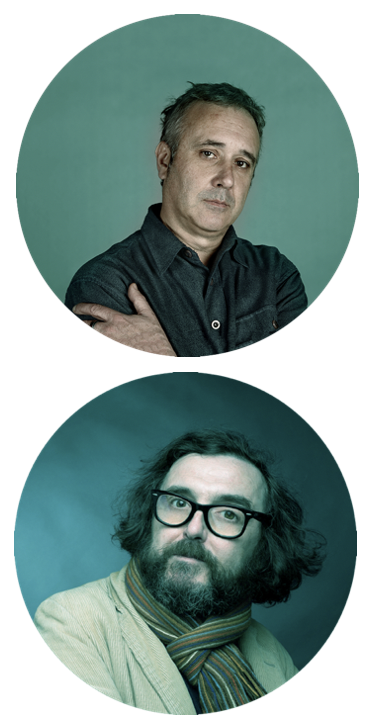
Published
How to Cite
Issue
Section
License

This work is licensed under a Creative Commons Attribution 4.0 International License.
You are free to:
Share — copy and redistribute the material in any medium or format.
Adapt — remix, transform, and build on the material for any purpose, including commercial.
Attribution — You must properly acknowledge the authorship, provide a link to the license, and indicate if any changes have been made.
You may do so in any reasonable manner, but not in any way that suggests that you endorse or receive any endorsement by the licensor for your use.
No additional restrictions — You may not apply legal terms or technological measures that legally restrict you from doing what the license allows.

